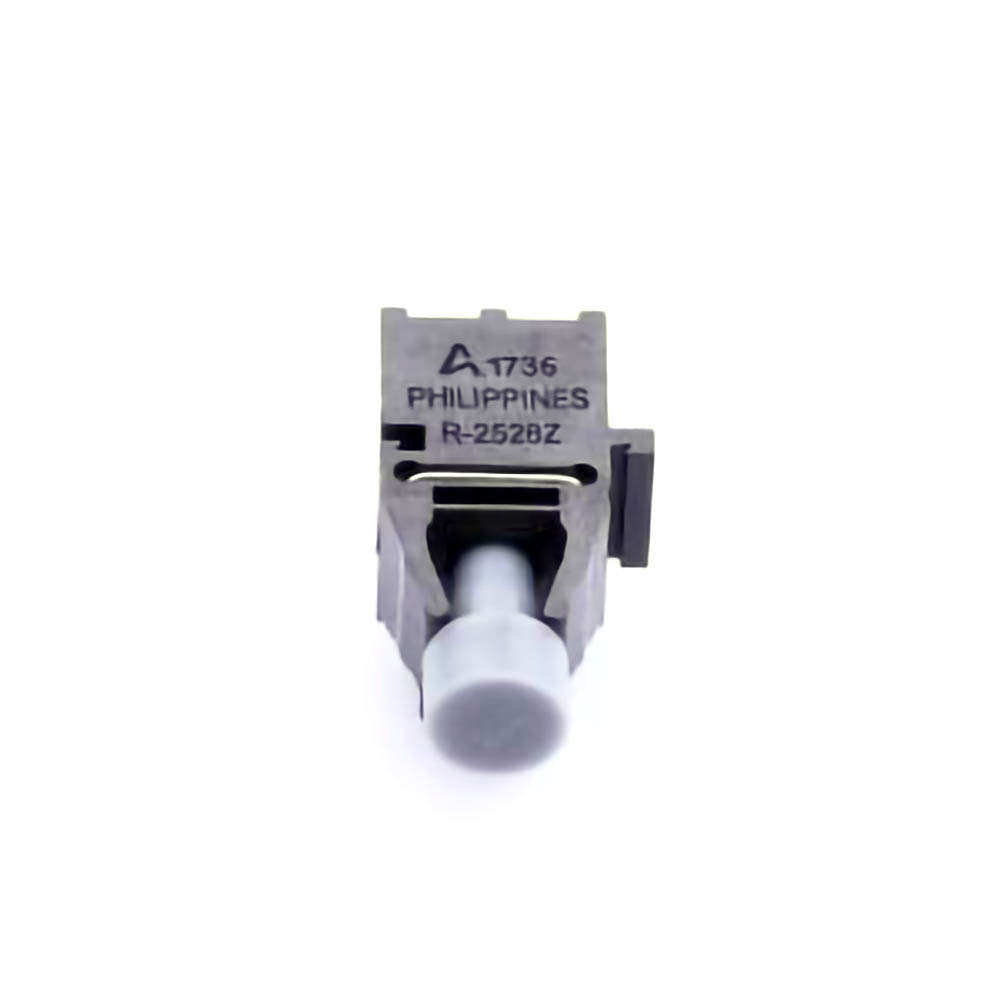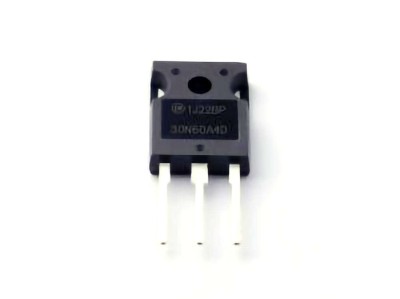
Understanding the HFBR-2528Z transceiver and Common Issues
The HFBR-2528Z is a high-performance fiber optic transceiver, commonly used in data Communication s for applications that require reliable, high-speed data transmission. These transceivers are known for their durability and low error rates, but like all electronic components, they can experience communication interruptions due to various factors. Whether you're dealing with signal loss, degradation, or complete failure in the connection, it’s essential to know how to troubleshoot and repair these issues efficiently.
1. Common Causes of Communication Interruptions
Communication interruptions in the HFBR-2528Z can arise from several sources. Understanding these potential issues is crucial for effective troubleshooting. Here are the most common causes:
Fiber Cable Issues: The fiber optic cables connected to the transceiver are susceptible to physical damage. Bends, breaks, or poor connections can disrupt signal transmission. If the cables are not clean or properly aligned, you may experience intermittent signal drops.
Connector Misalignment or Contamination: The small Connectors on the transceiver can accumulate dirt, dust, or moisture, which can cause a weak signal or communication failure. Misaligned connectors also disrupt data flow and lead to transmission errors.
Power Supply Problems: The HFBR-2528Z relies on a stable power supply. Voltage fluctuations or insufficient power can result in malfunction or complete failure of the transceiver.
Environmental Factors: Extreme temperatures, humidity, or electromagnetic interference ( EMI ) from nearby equipment can affect the transceiver’s performance. Ensure the device operates within the manufacturer’s recommended environmental conditions.
Faulty Transceiver Components: While rare, a defective internal component such as the photo Diode , laser, or circuit board can cause a complete failure of the transceiver. Over time, these parts may wear out due to normal use.
2. Initial Troubleshooting Steps
Before diving into repairs, it's essential to perform a basic troubleshooting procedure. This helps to eliminate simple issues before progressing to more complex solutions. Here are the key steps to take when facing communication interruptions with the HFBR-2528Z:
Step 1: Verify the Power Supply
Check the transceiver’s power input. Ensure that the power supply is stable and meets the required specifications. You can use a multimeter to confirm that the voltage is correct. If there are issues with the power supply, replacing the power adapter or rectifying wiring issues may resolve the problem.
Step 2: Inspect the Fiber Cables
Carefully inspect the fiber optic cables for any visible damage, such as cuts, kinks, or bends. A damaged cable is a common cause of communication failure in fiber optic systems. If you find a damaged cable, replace it with a new one. Make sure that the cable is properly terminated on both ends.
Step 3: Clean the Connectors
Dirty connectors can cause intermittent signal interruptions. Use a fiber optic cleaning tool or an air blower to remove dust, debris, and moisture from the connectors. Avoid using cloth or paper towels, as they can leave fibers behind that further degrade the signal quality.
Step 4: Test the Transceiver
To confirm that the HFBR-2528Z is the source of the problem, try swapping the transceiver with another known working unit. If the issue persists, it may be an issue with the cables or the connected equipment. However, if the problem is resolved by replacing the transceiver, this points to a faulty HFBR-2528Z.
Step 5: Verify Environmental Conditions
Ensure that the transceiver operates within the temperature and humidity range specified by the manufacturer. Extreme environmental conditions can degrade the performance of the transceiver and cause communication disruptions. If necessary, relocate the equipment to a more controlled environment.
Once you have completed these basic troubleshooting steps, you will have a clearer picture of the cause of the interruption. If the problem persists despite addressing these simple issues, it may be necessary to move on to more advanced repair techniques.
Advanced Repair Techniques for HFBR-2528Z Communication Interruptions
If your HFBR-2528Z transceiver continues to experience communication interruptions after performing basic troubleshooting, you may need to delve deeper into the repair process. In this section, we’ll cover more advanced techniques for diagnosing and fixing issues with the transceiver’s internal components and signal transmission.
1. Signal Integrity Testing
When communication interruptions are not resolved by external factors such as cables and connectors, you need to test the transceiver’s signal integrity. A fiber optic tester or optical time-domain reflectometer (OTDR) can be invaluable tools here. These devices can help identify problems such as:
Signal Loss: If there’s significant loss in the signal, it could indicate that the transceiver’s photodiode or laser is malfunctioning. Signal loss could also point to faulty cables or connectors.
Optical Power Mismatch: If the optical power transmitted from the transceiver is too weak or too strong, it could indicate that the internal components are out of alignment or that the transceiver is defective.
To conduct a signal integrity test, use the fiber optic tester to measure the power output of the transceiver and compare it to the specifications outlined in the datasheet. If the readings fall outside the expected range, further investigation is required.
2. Replacing Faulty Components
If internal components of the HFBR-2528Z are found to be defective, they will need to be replaced. The most common components that fail in these transceivers are:
The Laser Diode: The laser diode is responsible for transmitting the optical signal. If the laser diode is damaged, the transceiver will not be able to transmit data properly.
The Photodiode: The photodiode receives the incoming optical signal and converts it into an electrical signal. If the photodiode is faulty, the transceiver won’t be able to receive data correctly.
The Circuit Board: The circuit board houses the necessary electronics to manage the optical and electrical signals. A damaged or corroded circuit board can cause the transceiver to malfunction.
When replacing components, make sure to use parts that are compatible with the HFBR-2528Z transceiver. Follow the manufacturer’s repair guidelines to ensure the device is repaired to factory specifications.
3. Firmware and Software Updates
Another possible cause of communication issues could be outdated firmware or software settings. Manufacturers periodically release firmware updates to improve performance and resolve bugs. Check the manufacturer's website for any available updates and follow the instructions for upgrading the firmware on your transceiver.
Step 1: Download the latest firmware version from the official website.
Step 2: Connect the transceiver to a computer via the appropriate interface (usually an RS-232 or USB connection).
Step 3: Follow the instructions to upload the new firmware to the transceiver.
Upgrading the firmware can restore proper operation if the issue is related to software glitches or outdated code.
4. Preventative Maintenance Tips
Once the communication issue is resolved, it’s essential to perform regular maintenance to prevent future disruptions. Consider the following tips:
Routine Cleaning: Regularly clean the fiber optic connectors to prevent dirt and dust buildup.
Monitor Environmental Conditions: Ensure the transceiver operates within the specified temperature and humidity ranges to avoid environmental stress.
Cable Inspection: Periodically check the fiber cables for signs of wear and tear.
Performance Testing: Run regular diagnostics to ensure signal integrity and prevent failures before they occur.
By following these maintenance practices, you can extend the life of the HFBR-2528Z and minimize the risk of future communication interruptions.
In conclusion, communication interruptions in the HFBR-2528Z fiber optic transceiver are often caused by external factors like damaged cables or connectors, but they can also be the result of internal component failures or environmental conditions. Through a systematic troubleshooting approach, you can identify and resolve the issue, whether it involves simple cleaning or more complex repairs such as replacing faulty components. Regular maintenance and vigilance can help prevent future disruptions and keep your fiber optic network running smoothly.
Partnering with an electronic components supplier sets your team up for success, ensuring the design, production, and procurement processes are quality and error-free.

